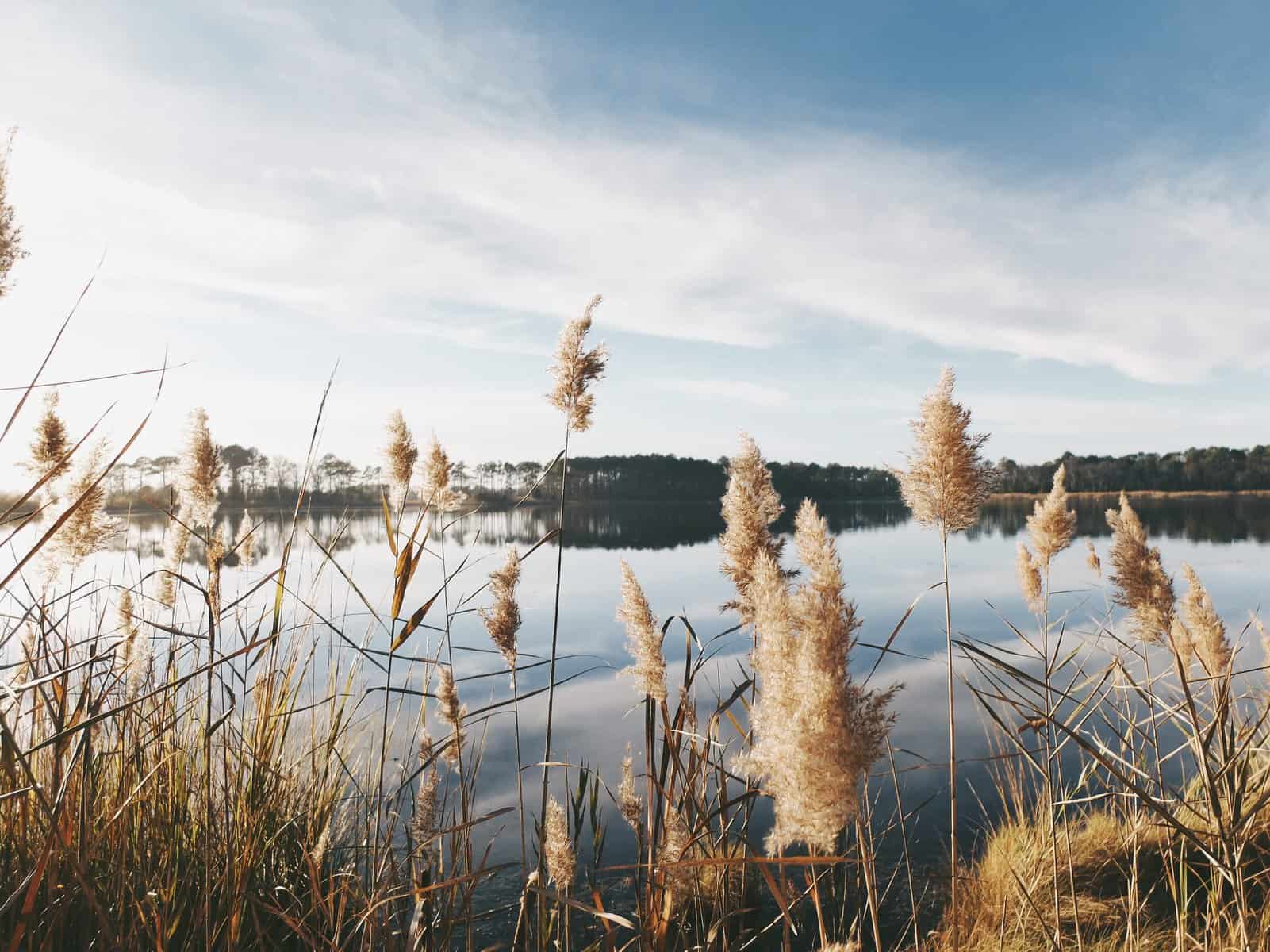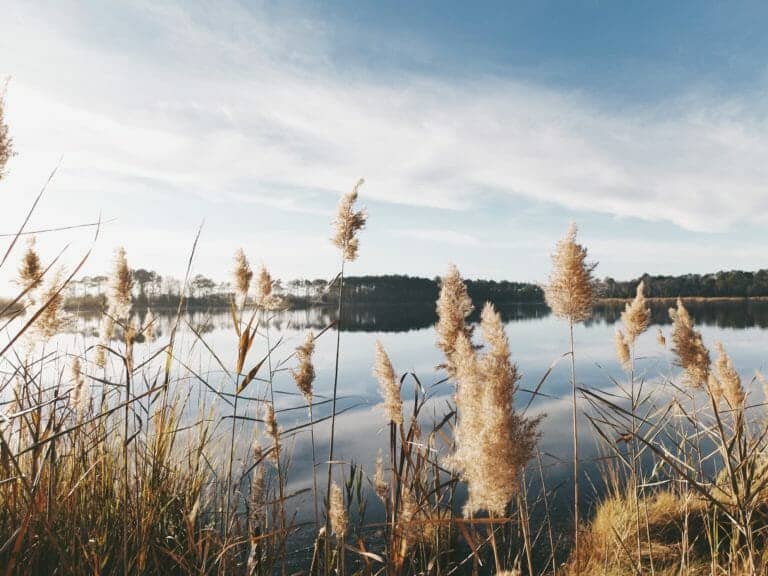Talking about water quality isn’t most people’s idea of the ideal ice breaker. In the Lowcountry (loosely defined as coastal South Carolina and Georgia), folks typically find common ground discussing the region’s warm weather, great food, vibrant culture and remarkable history.
But water quality is quickly becoming the talk of the town as locals are growing concerned about how sea level rise and increased rainfall amounts are impacting their local water quality.
With more than 50 days of tidal flooding each year overwhelming Charleston’s sewer system, people are talking about water quality concerns over bacteria levels in floodwaters. I waded into the topic two weeks ago at a coastal acidification and water quality workshop with South Carolina and Georgia fishermen, shellfish farmers, scientists, water quality experts, community advocates and other stakeholders.
Although ocean acidification is fundamentally caused by carbon dioxide emissions, local sewage runoff can worsen acidification near the coasts. The good news is that by addressing local runoff, we can help reduce nearshore acidification.
There are many land-based sources of acidification, including leaky septic tanks, overwhelmed sewer systems, pet waste, farm runoff pollution, urban sprawl and increased rainfall. These sources bring excess nitrogen, phosphorus, organic carbon […]
Full article: How About That Water Quality?
More about ocean acidification:
West Coast Ocean Acidification Rates Among Highest In World
Persistent spatial structuring of coastal ocean acidification in the California Current System
Acidified Ocean Water Widespread Along North American West Coast



